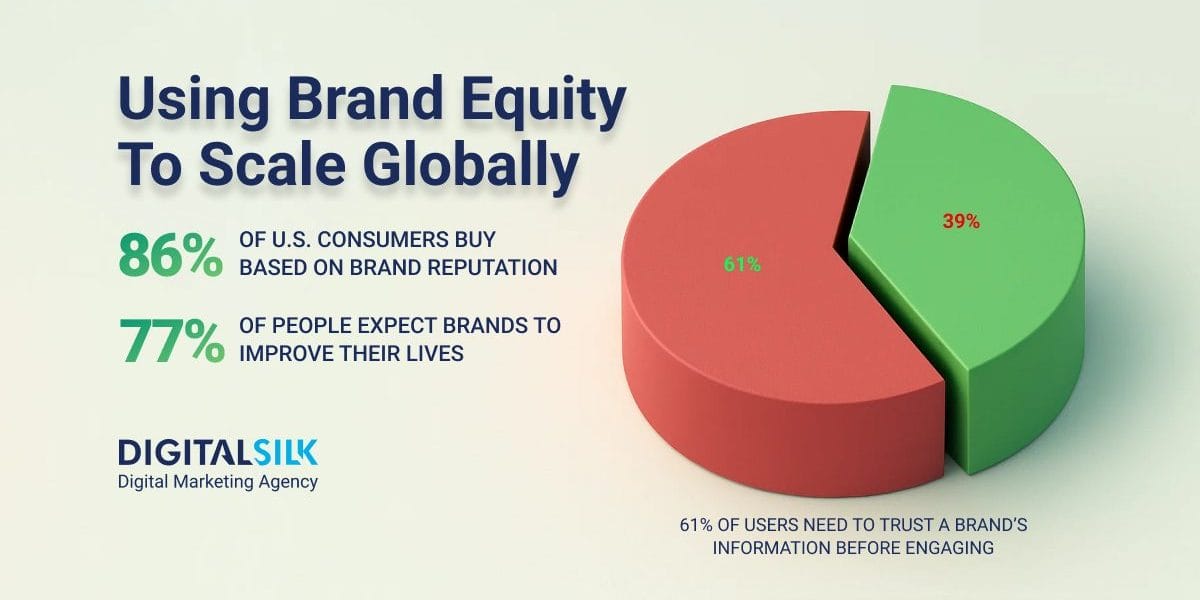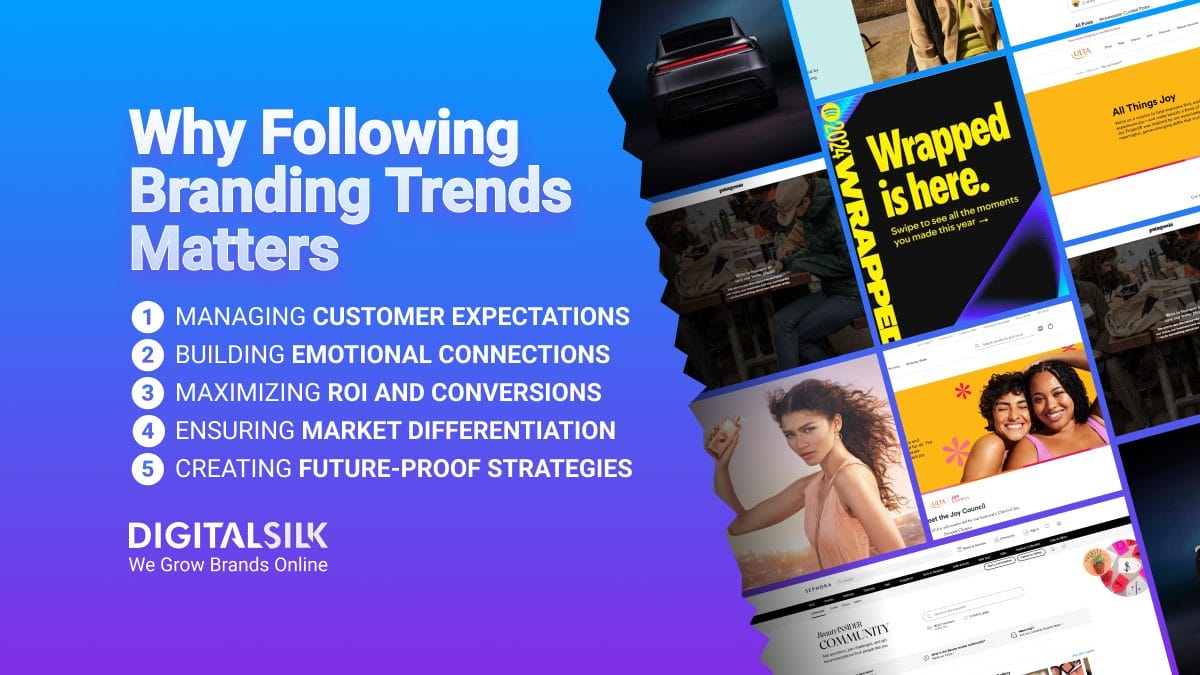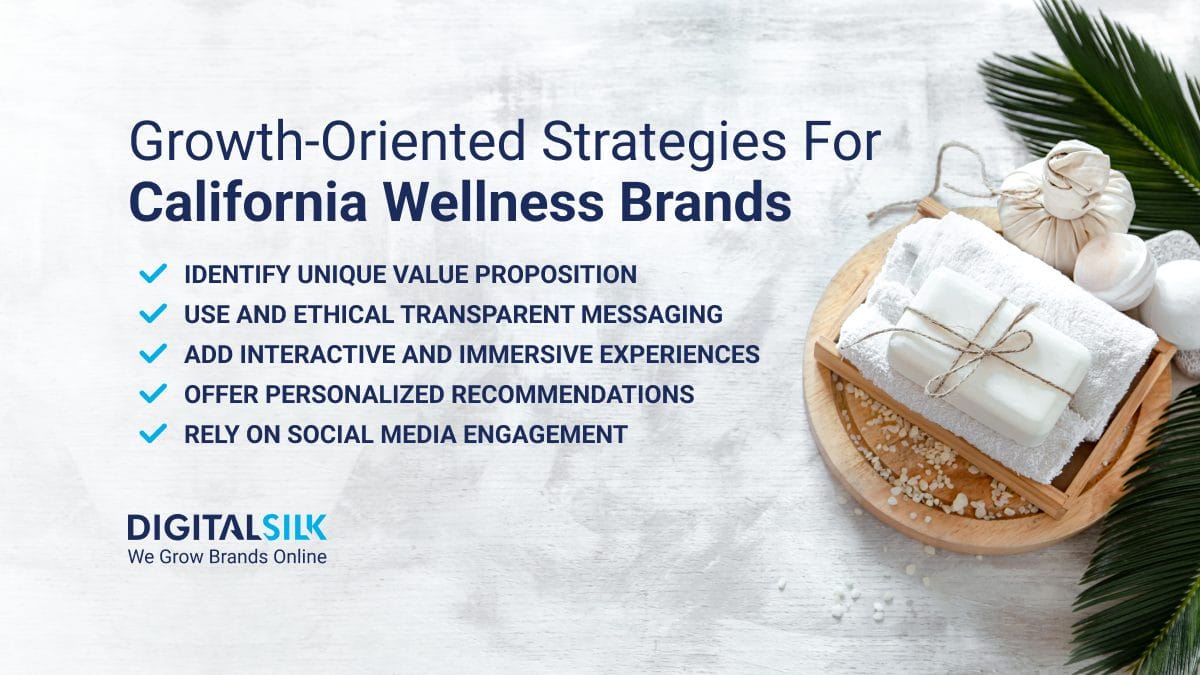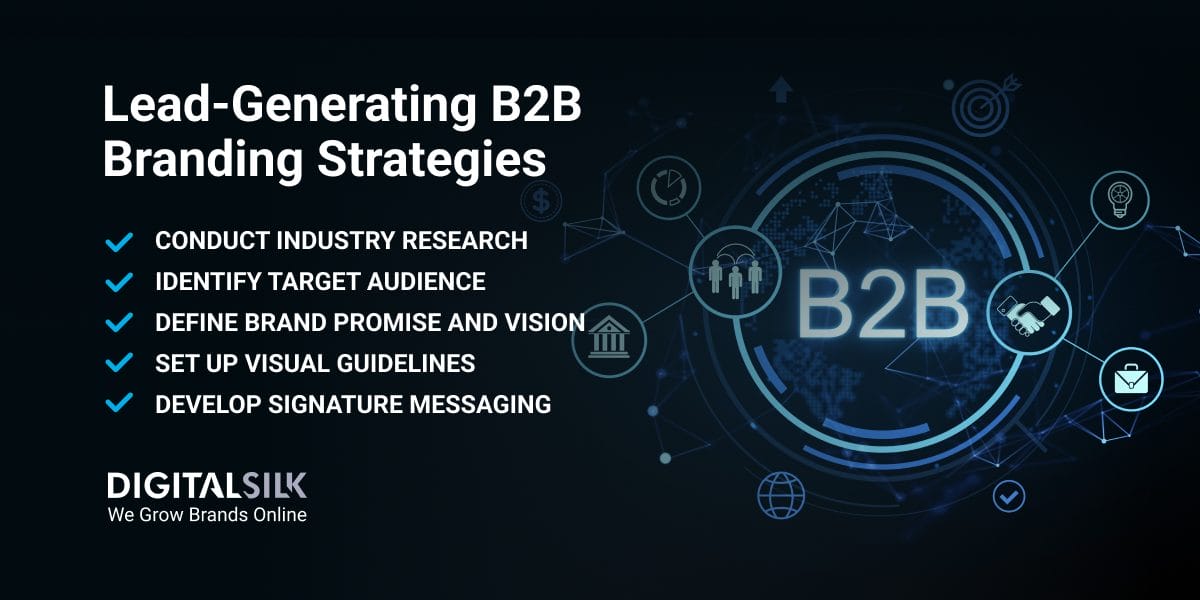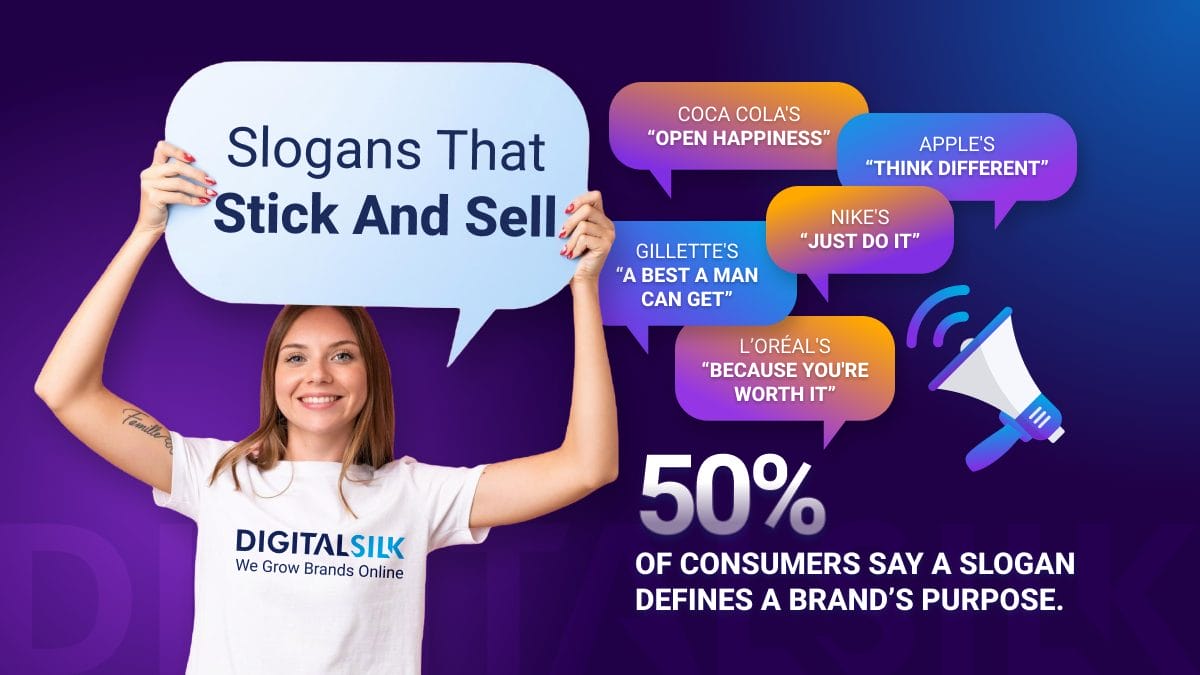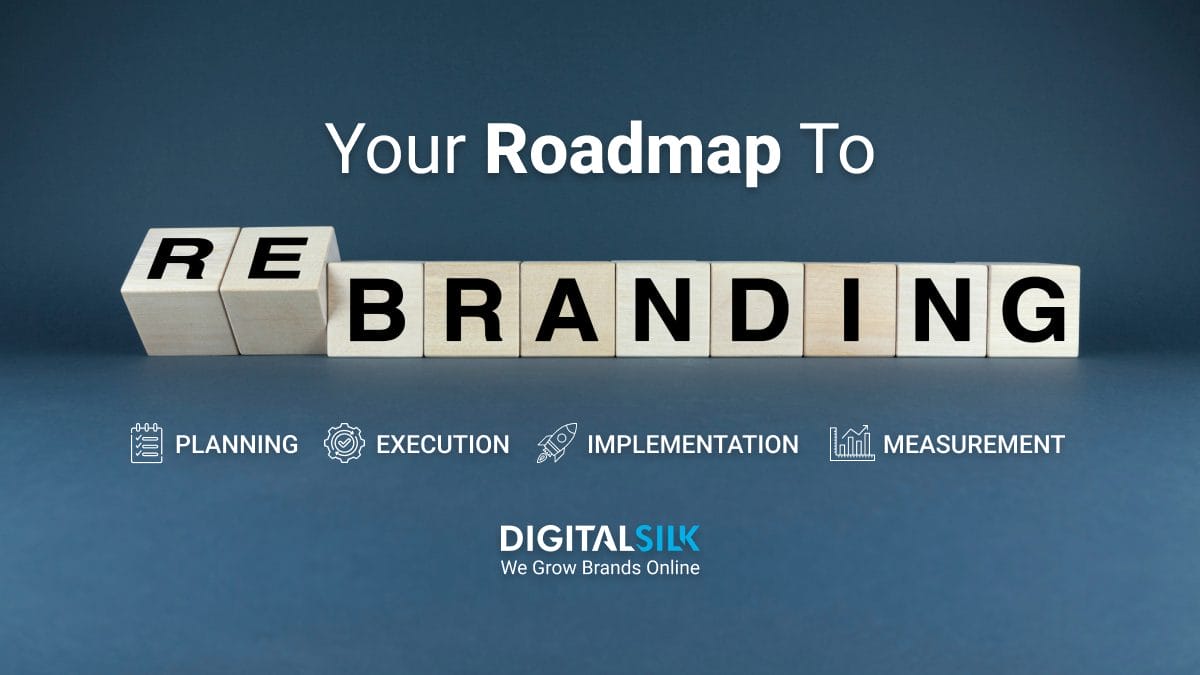Brand Equity: Key Highlights
-
Brand equity builds over time: Trust and shared values shape how customers see your brand, far beyond a single campaign.
-
Local relevance drives global growth: The strongest brands adapt their story and product to fit each market without losing their core identity.
-
Equity powers market entry: A strong reputation opens doors in new regions, turning familiarity and credibility into faster growth.
The way people define brand equity has little to do with your latest campaign and everything to do with the trust and values they attach to your brand over time.
When 66% of consumers of consumers say feeling connected to a brand means they trust it and 53% say shared values drive that bond, it’s clear that brand equity is earned through consistent actions, not one-off messages.
This accumulated perception becomes a competitive advantage in global markets, where familiarity and credibility can shorten the distance to growth.
In this post, we’ll explore how to use brand equity to scale globally, turning what your brand stands for into measurable growth.
How To Build Brand Equity Globally
Brand equity grows when your business is known for something meaningful that others in your space can’t claim.
87% of CMOs say brand building is how they make their companies stand apart from competitors, showing that distinctiveness is as much about awareness as it is about product.
The steps below outline how to build on the equity you already have and apply it across new markets in ways that strengthen your position.
1. Leverage Existing Brand Trust To Enter New Markets
Trust is the starting point for global growth, with 61% of consumers saying they need to trust the information a brand shares before they engage.
The trust you’ve built in one market becomes a powerful entry point in another, where your reputation opens doors that your teams have yet to knock on.
Prove your value through the results you’ve already delivered. Customer success stories, testimonials and real-world outcomes give potential buyers and partners a reason to take your brand seriously.
Focus these stories on industries or markets that face similar challenges.
For example, when Starbucks expanded into China, it emphasized its commitment to ethical sourcing and community engagement, helping Chinese consumers see it as more than an American coffee chain.
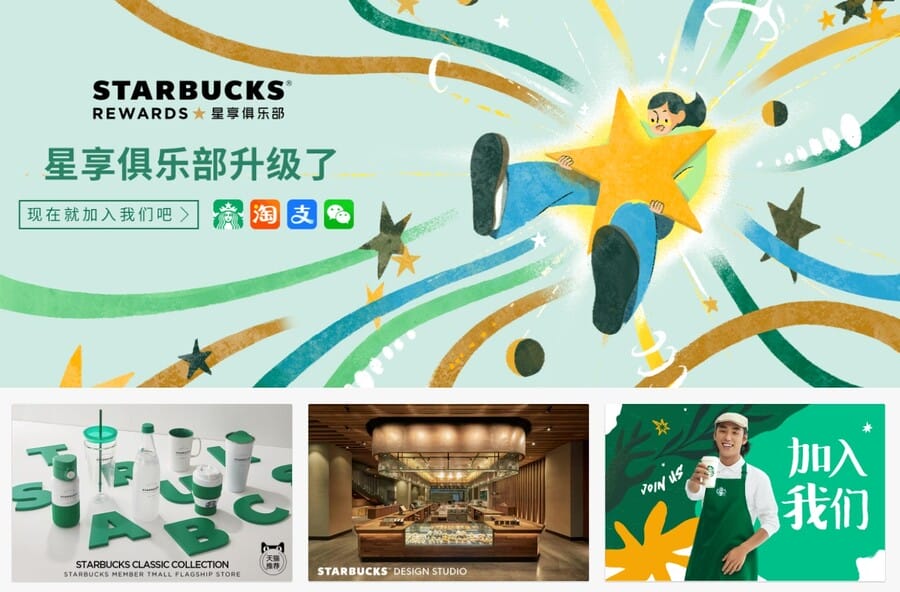
This approach facilitated stronger local partnerships and customer loyalty.
Third-party recognition builds on this foundation. Industry awards, certifications and respected partnerships help your brand earn credibility before your first local meeting.
Feature these proof points across your market entry campaigns, partner conversations and investor materials to help establish trust from day one.
2. Localize Brand Stories Without Losing The Global Message
As your brand enters new markets, you need to maintain consistent messaging without losing cultural relevance.
68% of consumers say that brand stories influence their purchasing decisions, which means your narrative shapes how people see your company before they try your product.
The challenge is to protect the heart of your message while telling it in a way that feels authentic in each region.
Start by shaping your messaging for local audiences without changing what your brand stands for. This isn’t about direct translation but about rethinking the core purpose, so it feels right for the people who hear it.
Key strategies to managing brand equity through localized messaging include:
- Work with cultural experts and share successful market examples
- Regularly check messaging for cultural missteps
- Build brand guidelines and storytelling frameworks for local teams
- Provide tone, visuals and key phrase examples to keep your voice consistent
Nike showed how powerful this can be when it launched its “Nothing Beats a Londoner” campaign
It stayed true to its global message of empowerment but told through the voices and rivalries of London’s youth, making the brand feel like it belonged on their streets, not just in global headlines.
3. Adapt Products And Services To Different Market Preferences
Scaling into new regions requires more than launching the same product everywhere.
53% of consumers rank product and service quality as the main reason they stay loyal, so your growth depends on how well your offering fits local habits, expectations and market standards.
Brand equity may help open doors, but product relevance keeps your business in the conversation.
Make this a leadership priority by tying product decisions to clear local insight.
Commission market-specific research before launch and have your product, marketing and regional leadership teams review the findings together.
Leading brands use tools like NielsenIQ, GWI and Mintel for country-specific market insights, while also deploying focus groups and local survey panels to surface cultural nuances.
Combining qualitative and quantitative insights ensures that product decisions are driven by context, not assumption.
Set clear global guardrails that define what stays consistent across markets, such as your core product design or service values.
Give your local teams the mandate to adapt product features, service experiences or pricing structures where needed to drive adoption.
4. Build Meaningful Brand Communities
Emotional branding makes companies part of people’s lives, yet most brands never reach that level of connection.
77% of people expect brands to improve their lives, society and the planet, but if 74% of brands disappeared tomorrow, no one would notice.
This disconnect happens when brands focus on selling products and ignore the role they could play in people’s everyday experiences.
Treat community-building as a business priority. Give local teams the autonomy to create region-specific initiatives, whether through customer-led forums, cultural events or partnerships with causes that matter locally.
These are the moments where your brand becomes part of everyday life rather than a corporate voice speaking from a distance.
For instance, Fenty Beauty built lasting brand equity by turning inclusion from a campaign message into an everyday experience.
Instead of pushing products alone, the brand built a global community around self-expression and representation.
5. Build Strategic Partnerships And Local Advocacy
Most businesses are still treating influencer and partnership strategies as tactical experiments, not growth drivers.
47.4% of them spend less than $10,000 on influencer marketing, leaving significant market opportunities untouched.
At the same time, 59.4% of companies say they plan to increase these budgets in the coming year, signaling that the brands leading in this space will be the ones that commit early and scale smart.
Focus your efforts on partnerships that expand your reach to valuable audiences or unlock new market segments.
Strategic collaborations with local businesses, co-branded campaigns or joint market initiatives build immediate relevance and shared credibility.
These partnerships should be evaluated for long-term alignment with your brand values and measured by their contribution to growth, not by short-term reach.
Red Bull’s global expansion is one of the clearest brand equity examples in action.
Instead of relying on traditional ads, the company partnered with local extreme sports communities to build cultural relevance.
In new markets, they co-created BMX competitions, music festivals and adventure races, embedding Red Bull into the events and passions that mattered to young people.
These partnerships helped the brand feel homegrown in places where it was once unknown.
6. Launch Tailored Loyalty Programs
Loyalty programs are one of the most direct ways to turn brand equity into lasting engagement.
89% of consumers are willing to share personal data in exchange for loyalty points or rewards, giving businesses a clear path to build both customer insight and long-term connection.
But what earns loyalty in one market rarely works the same way in another, making a localized approach essential for a global scale.
Focus on the following actions to build a scalable brand equity model:
- Identify what drives loyalty in each market, whether financial rewards, unique experiences or social recognition
- Adapt incentives and program structures to reflect local values and customer behaviors
- Set global loyalty goals, while allowing flexibility in how each region delivers on them
- Track participation, redemption and engagement to uncover what builds lasting loyalty market by market
- Create loyalty experiences that keep your brand present in customers’ daily lives and long-term choices
7. Optimize Brand Sentiment Across Markets
Brand sentiment shows how people feel about your business in the moments that matter most, and those perceptions shape your brand equity over time.
A positive reputation makes people recommend your brand, try your new products and stay loyal during market shifts.
Net Promoter Score (NPS) measures this by asking customers how likely they are to recommend your brand to others.
A rising NPS reflects stronger loyalty and advocacy, while a drop signals that trust is fading faster than your brand can rebuild it.
In 2024, 36% of brands in the U.S. and Canada saw significant declines in NPS, showing how quickly sentiment can fall when brands fail to meet expectations.
In Europe, 42% of consumers said their perception of American brands worsened in 2025 compared to earlier in the year, a clear signal that cultural missteps or global headlines can damage your value far beyond your home market.
This is where brand equity market research becomes essential to understanding how people perceive your brand before it impacts growth.
Treat sentiment tracking as a leadership metric, not just a marketing one:
- Use digital and social listening tools that capture sentiment in local languages and surface what is driving it, while respecting data privacy laws
- Include sentiment shifts in leadership discussions, so product, commercial and marketing teams adjust before perception becomes a problem
- Monitor brand sentiment across all touchpoints, from customer service to social media and product experience, to catch gaps that marketing alone won’t fix
- Update your messaging and product positioning as sentiment changes, instead of waiting for quarterly brand trackers
- Act fast when local conversations change tone, because one social post or regional event can shift market perception in days
8. Build Visibility Through PR And Media
Brand equity in marketing grows when your story is told by voices people already trust.
Too often, companies chase short-term performance metrics and forget that brand visibility builds the foundation for future growth.
While 70% of professionals say they would prioritize performance marketing over brand building, brands that scale globally should prioritize both to drive trust and measurable growth.
PR and media help shape how your brand is perceived, especially in markets where you are still earning recognition.
A well-placed thought leadership piece or a local news story about your community impact often builds deeper trust than a global press release written without local context.
Focus your media strategy on meaningful actions:
- Use PR to position your brand as part of relevant local conversations, not just as a global company entering a new market
- Share brand stories that reflect your values and purpose, helping audiences understand why your business exists beyond its products
- Balance global thought leadership with local proof points that show how your brand creates impact in specific markets
- Shape media narratives that reinforce your long-term brand positioning, not just short-term product launches
- Encourage local teams to create campaigns that reflect cultural relevance, helping your brand feel relatable rather than distant
What Truly Powers Brand Equity
To truly go global, you need to dig deeper into what fuels your brand’s value.
At its heart, brand equity is all about how consumers perceive your brand.
It’s shaped through every interaction you have with them, influenced by emotional connections, associations and the trust you build over time.
This strong equity helps with brand recognition and fosters loyalty, gives you pricing power and supports long-term growth.
Two key models can guide you in understanding this value. The first one is Aaker’s Brand Equity Model, which identifies five key sources:
- Brand Awareness
- Brand Associations
- Perceived Quality
- Brand Loyalty
- Proprietary Brand Assets
The second model is Keller’s Customer-Based Brand Equity (CBBE) Pyramid, which illustrates how customers form their relationships with a brand, moving from awareness to deep emotional loyalty.
These strategic models offer clarity on what drives brand equity. Next, let’s explore how to measure those drivers effectively across markets.
How To Measure Brand Equity
Measuring brand equity gives you a clearer picture of how your brand is performing beyond short-term sales and campaign metrics.
You can see this impact in customer choices, loyalty and perception, but you need the right tools to track what matters in each market.
The table below maps six core brand equity dimensions to their business impact, measurement methods and the models they align with, specifically Aaker’s Five Pillars and Keller’s Brand Equity Pyramid.
| Measurement Area | What It Reveals | How To Measure It | Model Reference |
| Brand Awareness & Recognition | How familiar your brand is and how easily it’s recalled or recognized | Aidad/unaided recall surveys, website traffic, social media engagement | Aaker & Keller |
| Brand Loyalty & Advocacy | Likelihood of repeat purchases and customer-driven brand promotion | Repeat purchases, retention rates, NPS, referrals, community and UGC activity | Aaker & Keller |
| Brand Perception & Affinity | Emotional alignment and how well your brand’s purpose resonates | Brand perception surveys, sentiment analysis, customer interviews, satisfaction scores | Keller |
| Consumer Behavior & Market Research | How brand equity drives actual usage and purchase decisions | Purchase patterns, CRM/loyalty data, behavioral research linking sentiment to action | Aaker & Keller |
| Brand Associations & Meaning | Mental connections, themes and values tied to your brand | Attribute surveys, semantic analysis, UGC analysis, social listening | Aaker & Keller |
| Perceived Quality & Brand Assets | Judgements about product/service excellence and brand distinctiveness | CSAT, product reviews, third-party awards, IP audits, recall tests for brand elements | Aaker |
1. Brand Awareness And Recognition
Brand awareness is the starting point for building equity. When people recognize your brand, they are more likely to assign value to it.
89% of marketers agree that brand awareness is one of the most important marketing metrics, showing its impact on growth beyond short-term performance.
Key activities to understand awareness and recognition:
- Use surveys and focus groups to assess unaided and aided brand recall
- Analyze website and search data to understand how audiences seek out your brand
- Review social media reach and engagement to gauge how far your brand travels in conversations
2. Brand Loyalty And Advocacy
Loyalty and advocacy show whether people come back to your brand without constant reminders and whether they bring others with them.
This is where equity turns into real business value, because loyal customers cost less to retain and their recommendations expand your reach organically.
To see how strong these relationships are, focus on:
- Repeat purchase rates and customer retention patterns over time
- Net Promoter Score (NPS) and referral rates that reflect how likely people are to recommend your brand
- Organic brand mentions, community conversations and customer-led content that happen without paid influence
3. Brand Perception And Affinity
Brand perception reflects what people believe to be true about your brand, while affinity captures how closely they identify with your purpose and values.
These are the emotional drivers that make customers stay loyal over time, even when competitors offer something cheaper or newer.
You can understand these emotional connections through:
- Brand perception studies and customer satisfaction surveys that reveal where your brand is respected, questioned or misunderstood
- Social listening and sentiment analysis that surface how people describe your brand in daily conversations
- Customer interviews and qualitative insights that explain why people choose your brand and what keeps them engaged
4. Consumer Behavior And Brand Equity Market Research
Consumer behavior shows where your brand equity influences action, whether people buy your product, stay loyal to it or recommend it to others.
To connect perception with actual decisions, look at:
- Purchase patterns and usage data that reveal how customers engage with your brand over time
- Feedback from CRM systems and loyalty platforms to understand what drives repeat behavior
- Brand equity market research that links how people feel about your brand with what they do in the market, helping you adjust your strategy region by region
5. Brand Associations And Meaning
Brand associations reflect what consumers think and feel when they encounter your brand.
These are more than just emotions. They’re patterns of meaning that connect your brand to specific qualities or values.
Strong associations create mental shortcuts that influence decisions long before a sale.
How to measure associations:
- Brand attribute surveys (“Which words do you associate with Brand X?”)
- Semantic differential analysis (rating brand on scales like ‘innovative–traditional’)
- Sentiment tagging across customer reviews, user-generated content (UGC) and testimonials
- Word clouds and clustering from social listening tools
6. Perceived Quality And Brand Assets
Customers evaluate what your brand says but they also judge how well it performs.
Perceived quality directly impacts willingness to pay, trust and long-term loyalty.
Proprietary brand assets like your logo, IP, tagline or packaging also reinforce memorability and market advantage.
Here’s how to measure perceived quality and assets:
- Customer satisfaction scores (CSAT)
- Product review ratings and benchmarks vs competitors
- Third-party awards, certifications, expert endorsements
- Trademark audits and brand recall tests (for logo, slogan, packaging)
Why Brand Equity Insights Matter For Global Growth
Brand equity shapes purchasing decisions, pricing power and how quickly a company gains traction in new markets.
It defines whether customers trust your brand enough to try it and whether partners and regulators see your business as a credible player.
The benefits below show where brand equity drives real business outcomes across global expansion:
- Accelerated market entry: 86% of U.S. consumers say a brand’s reputation and perceived value influence their buying decisions, which can offer a faster start in new markets. Equity opens conversations with regulators, partners and customers from day one.
- Increased pricing power and profit margins: A strong brand allows you to price for value, not cost, protecting margins in competitive markets. Premium positioning holds when customers trust what your brand stands for.
- Stronger customer retention: Customer-obsessed brands achieve 51% stronger retention, reducing churn and growing customer lifetime value. Brand equity turns one-time buyers into loyal advocates.
- Stability during economic downturns: Trusted brands face less pricing pressure and customer loss in tough markets. Companies with strong equity maintain or grow their market share when conditions worsen.
Drive Brand Equity With Digital Silk
Driving growth in new markets starts with strengthening the sources of brand equity, such as awareness, trust, loyalty and reputation.
Brands that invest in these areas build deeper relationships with their customers and create long-term competitive advantage.
Digital Silk‘s experienced branding strategists help global companies uncover and activate these sources of brand equity to scale with clarity and purpose.
As a recognized branding agency, our services include:
Ready to create a scalable brand strategy to expand in new markets and drive measurable results?
Contact our team, call us at (800) 206-9413 or fill in the Request a Quote form below to schedule a consultation.
"*" indicates required fields


